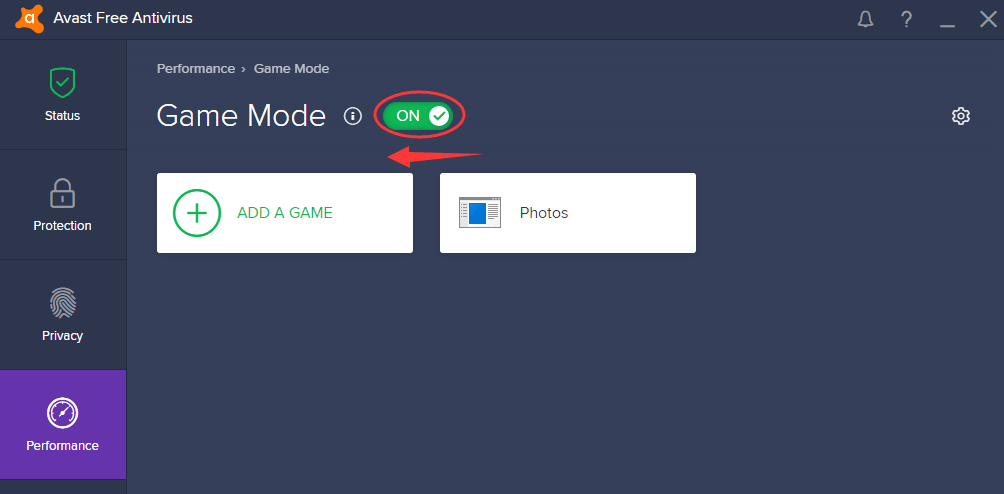

The guid for the power plan can be found by running "powercfg /list" from a Command Prompt. Run "gpedit" -> Computer Configuration -> Administrative Templates -> System -> Power ManagementĮnable "Specify a custom active power plan" To prevent SteamVR from illegally modifying the Power Plan: This kind of thing, if at all necessary, MUST be OPTIONAL and OPT-IN. This is unacceptable and only further erodes trust in Valve. Perhaps it was changing it and changing it back so I never noticed?. I see some older threads suggesting this is not the first time Valve has done this. Valve, not only is this rude, it is probably illegal: Unauthorized modification to a computer system.Ī EULA is not a silver bullet when you do something illegal. Originally posted by BurntJello:When starting, SteamVR 1.11.13 changes the Power Plan (Control Panel / Power Management) to "High Performance". So, major downside (completely disables power savings when the computer is idle) and absolutely no benefit to VR (it always runs at full power when needed, and "high performance" doesn't give you any more performance).

When SteamVR forces the system into High Performance mode, it takes that ability away from Windows - so when the system is idle, it still runs at full power all the time, wasting tons of energy that it could be saving if this simple option were left the heck alone. If the game closes, it goes back to power saving. The system already provides maximum performance to applications that need it - if Windows sees a game running, it'll give it full horsepower. You have to dig into a legacy control panel to find the option that SteamVR changed, to change it back, so that you can control your own power options again (changing the power profile disables the modern "slider" mechanism for selecting performance). The mechanism they're using to activate it is actually a buried one, that isn't even exposed in the user-accessible menus anymore. The "high performance" power profile is a mirage - it doesn't do anything and is only there for legacy reasons. Programs don't typically change system-level settings without asking or saying they're going to do something - and that's something great in the mobile world: apps literally don't have the ability to do this without confirming in all cases, and can't change certain things at all even if they wanted to. Yeah, this is definitely a valid concern.


 0 kommentar(er)
0 kommentar(er)
